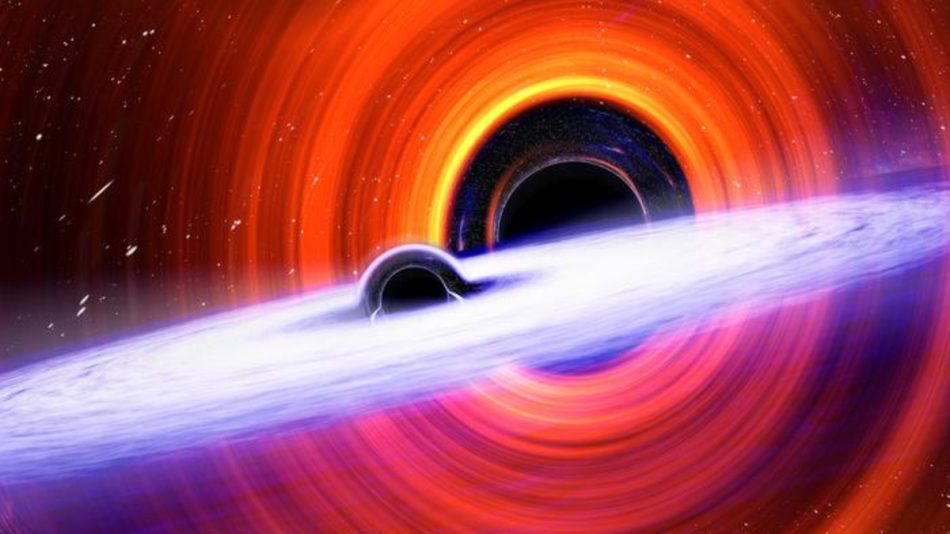
Gravitational waves from the birth of two newborn black holes caught the attention of scientists last year. Scientists have discovered something spectacular about the birth of one of the black holes.
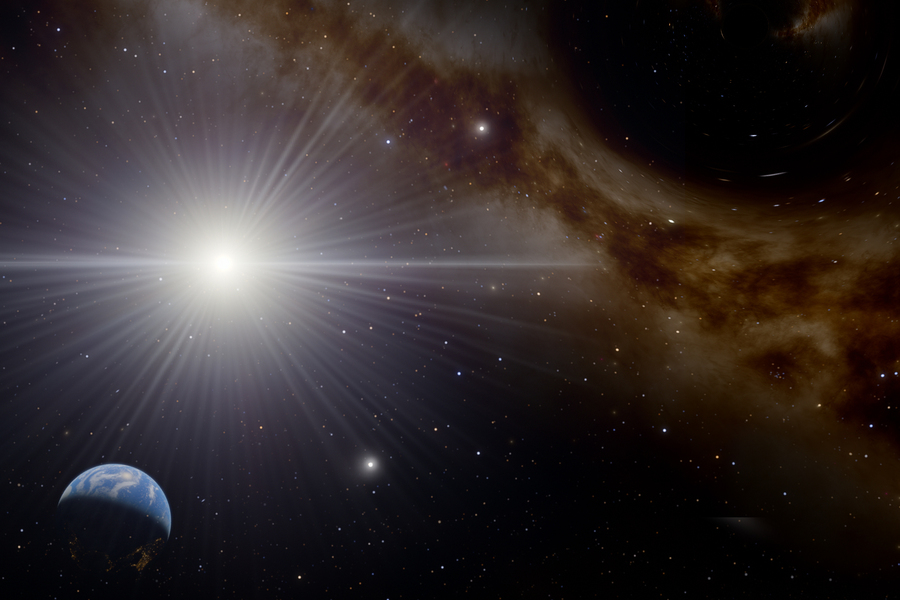
If a new proposal by MIT physicists bears out, the recent detection of a record-setting neutrino could be the first evidence of elusive Hawking radiation.

The researchers suggest that LIGO and Virgo picked up the signals of a black hole collision in a different universe than ours.
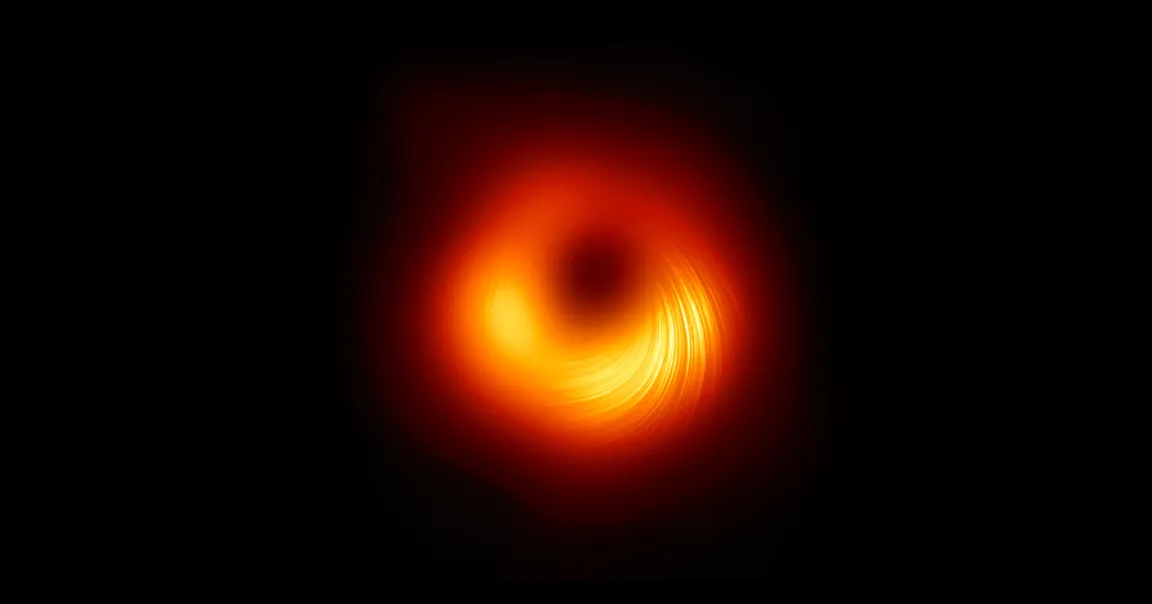
Now, by comparing observations from 2017, 2018, and 2021, scientists made a surprising discovery about how the magnetic fields near the black hole, dubbed M87*, change over time.
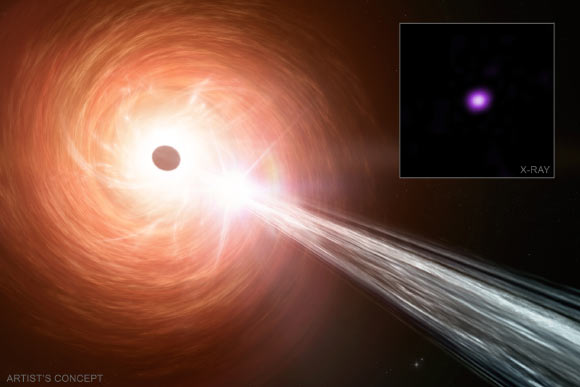
A supermassive black hole in the center of the radio quasar RACS J032021.44-352104.1 (RACS J0320-35 for short) is growing at one of the fastest rates ever recorded.

A tiny blob of red light spotted at the beginning of the Universe could represent the first direct evidence for a supermassive black hole formation pathway.
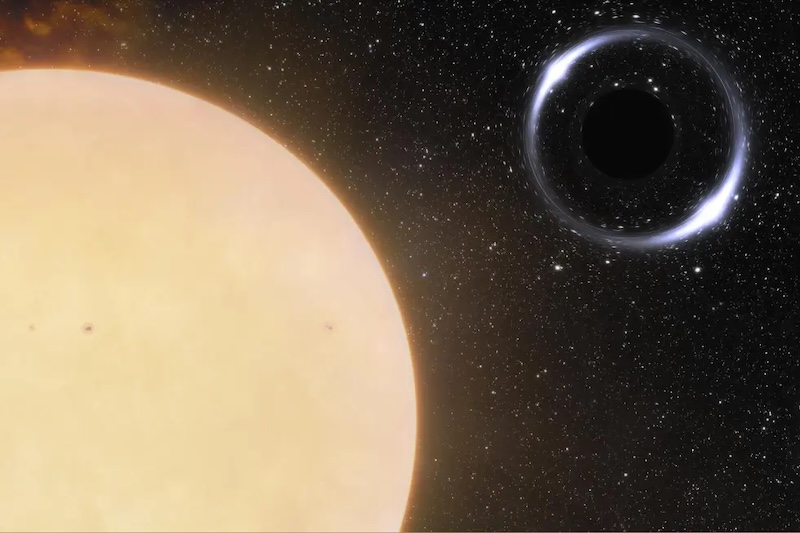
Dark matter particles could accumulate inside giant Jupiter-like exoplanets. Dense dark matter particles could eventually collapse to form a black hole inside a planet. The black hole could then ultimately consume the entire planet.
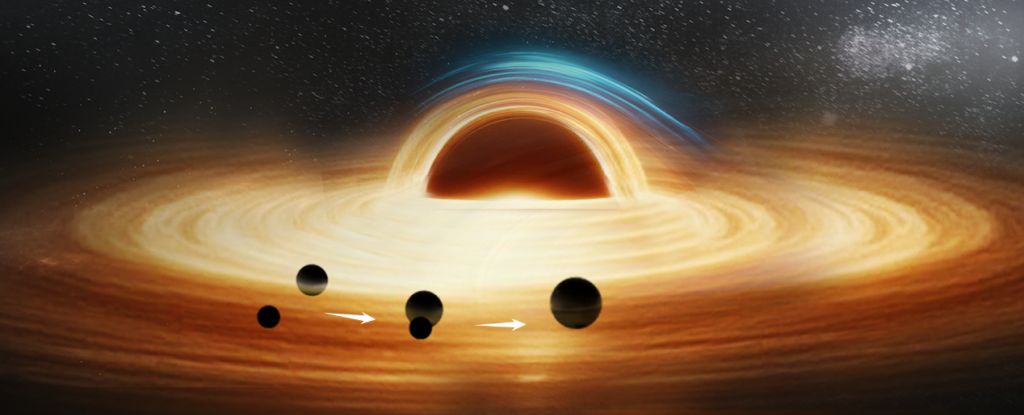
According to a new analysis of data from the LIGO-Virgo-KAGRA collaboration, data from a 2019 binary black hole collision showed signs of an anomalous acceleration that suggests the presence of a third black hole.

Astronomers have caught a supermassive black hole in the act of awakening from a long slumber, providing an unprecedented glimpse into the earliest stages of black hole activity.

A black hole deep in the cosmos, some 5 billion light-years away, could be the most massive ever found.
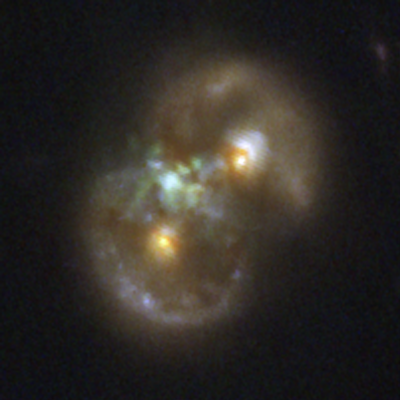
A pair of galaxies whose light has traveled for 8.3 billion years contains what astronomers believe is a supermassive black hole in the act of forming.
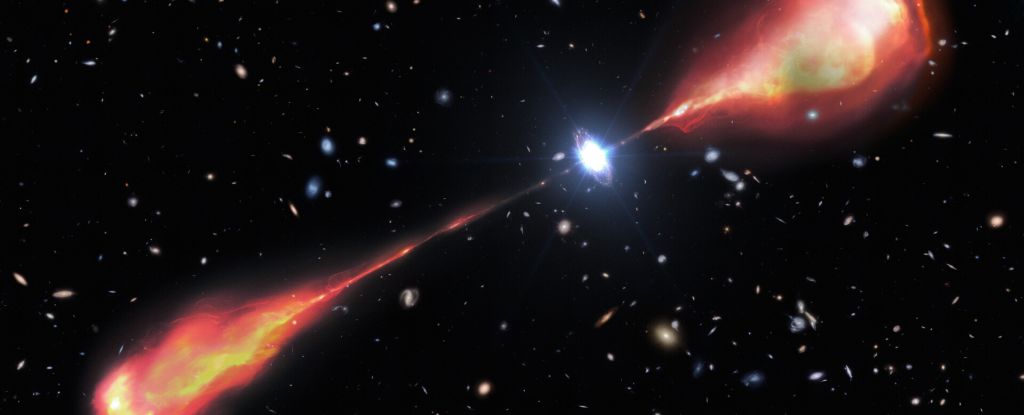
A supermassive black hole in the early Universe has been spotted blasting out powerful jets of plasma that are at least twice as long as the Milky Way is wide.

A team of astronomers led by Michael Janssen (Radboud University, The Netherlands) has trained a neural network with millions of synthetic black hole data sets.
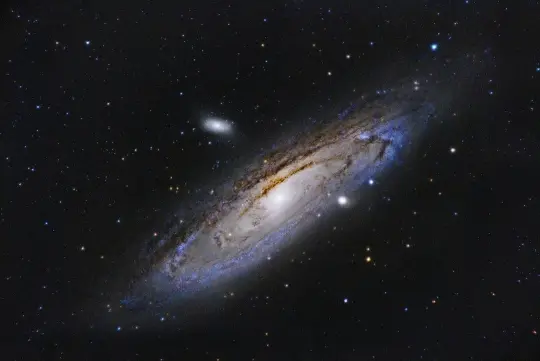
In this blog, Professor Enrique Gaztanaga from the Institute of Cosmology and Gravitation at the University of Portsmouth, puts forward a new theory about how the Universe was created.

A lonely black hole roaming the cosmos in solitude has been confirmed for the first time.